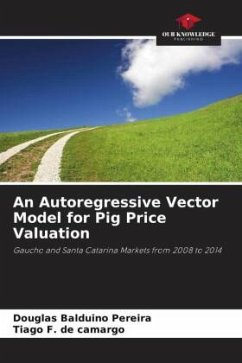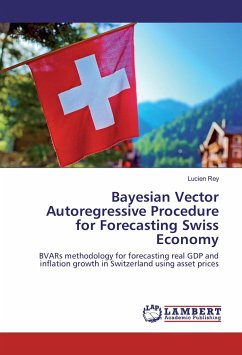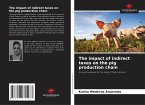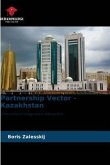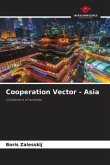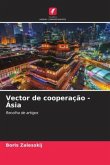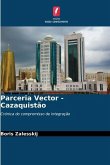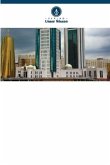Pork is currently the most consumed meat in the world, with Brazil being the fourth largest producer. The aim of this paper was to study the relationship between the price paid to pork producers by analyzing the prices of live pigs paid to producers in Rio Grande do Sul and Santa Catarina. The aim was to compare the differences and behavior between the production matrices of these two states in order to explain the behavior of the prices paid to producers. The results showed that the average prices paid to producers in Rio Grande do Sul have historically been higher than the prices paid to producers in Santa Catarina. Using the Granger Causality Test, Impulse Response Function and Variance Decomposition, it can be concluded that the prices paid to integrated pig producers in Santa Catarina in the past influence the formation of prices paid to independent pig producers in Rio Grande do Sul in the present, while the prices paid to independent producers in Rio Grande do Sul in the past influence the formation of prices paid to producers in Santa Catarina.
Bitte wählen Sie Ihr Anliegen aus.
Rechnungen
Retourenschein anfordern
Bestellstatus
Storno

